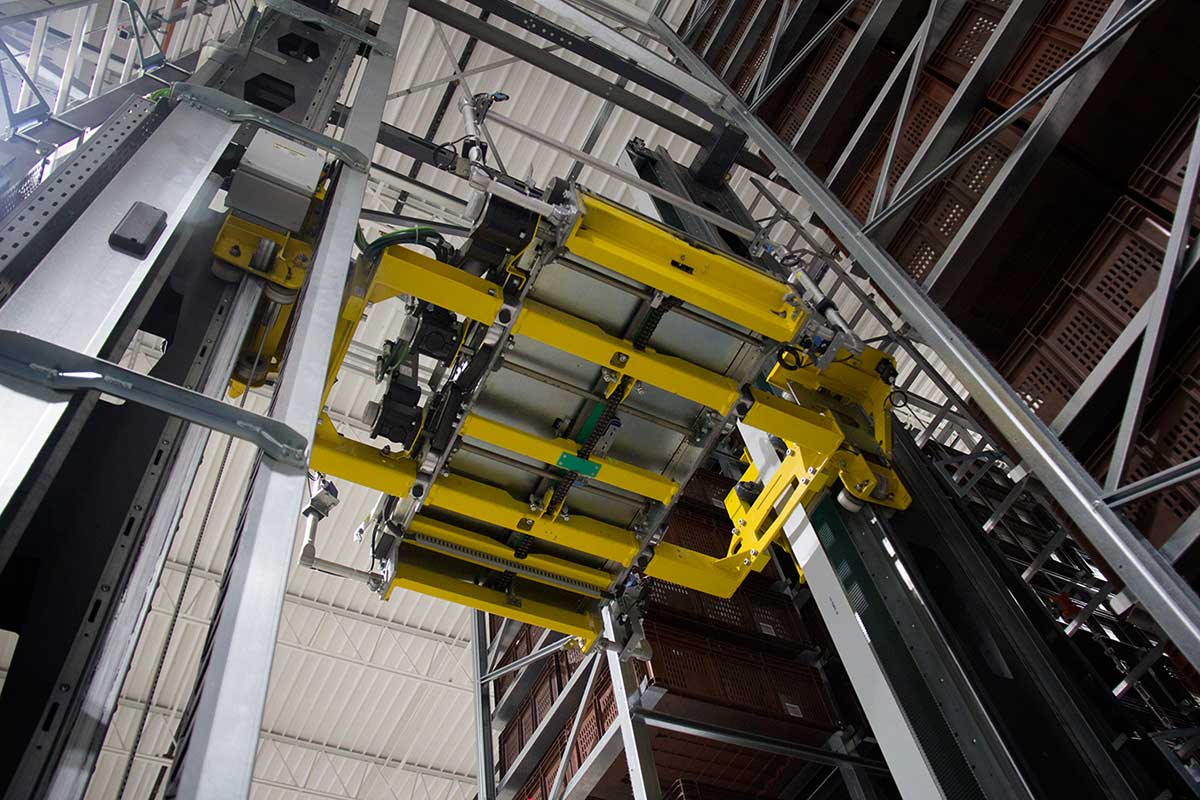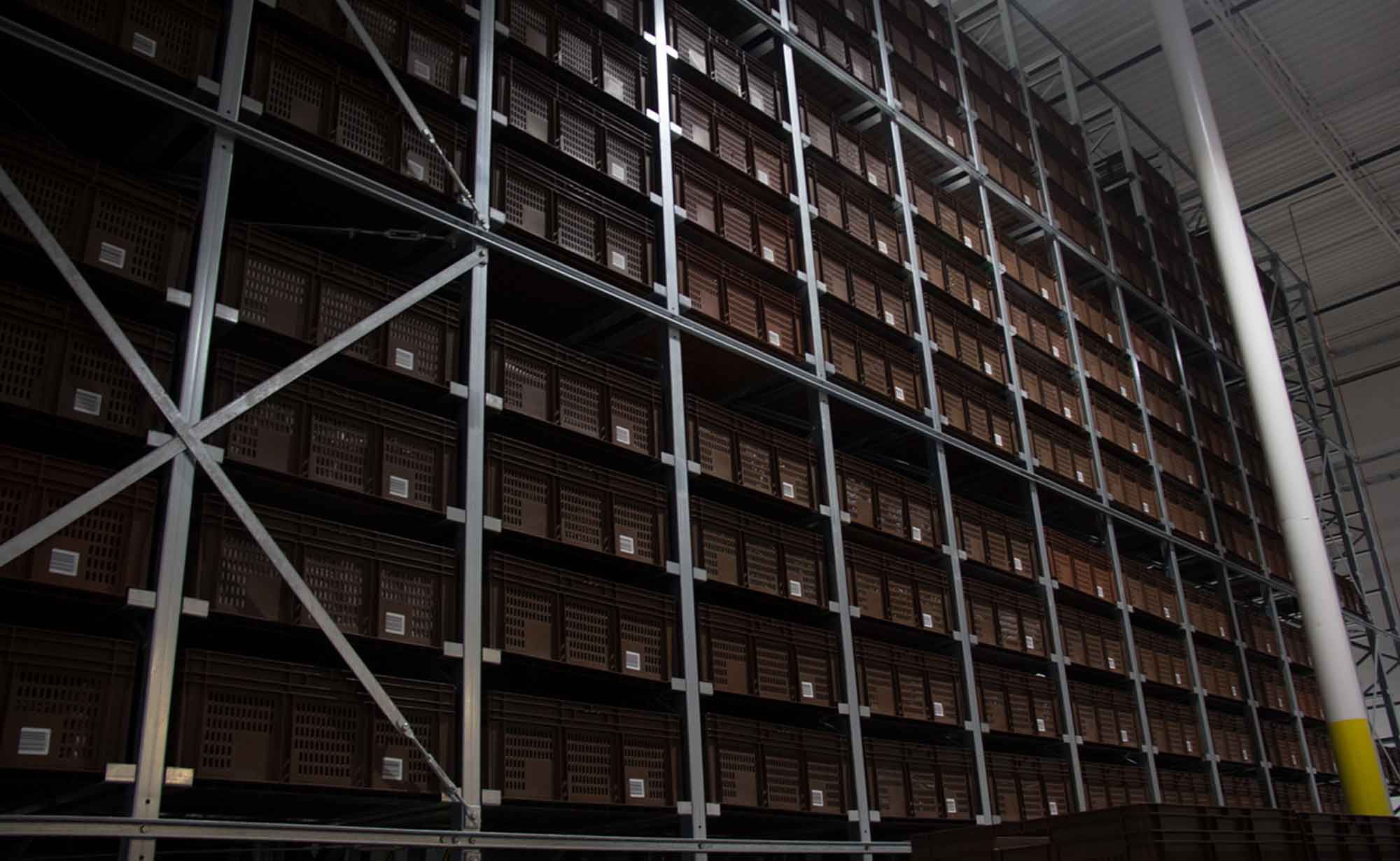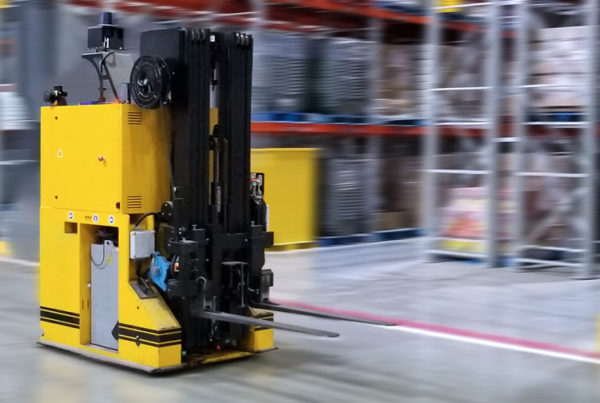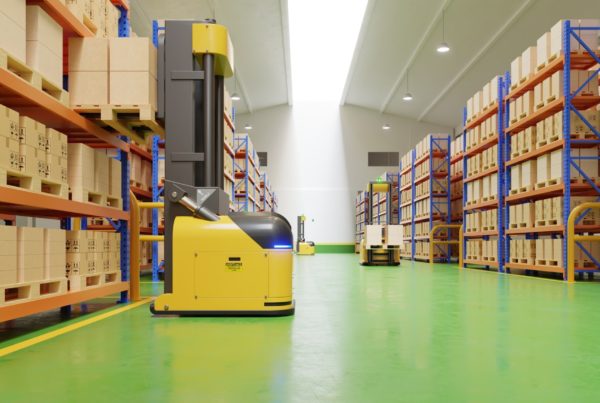Recent years have seen exponential increases in service levels and customer expectations. At the same time, particularly where Amazon has a physical presence, the labor force is shrinking.
In a global economy, the Amazon Effect is a global issue and, in most industries, combating the competing needs of increased performance within a decreasing labor pool is paramount. Often, automation is an important piece to this puzzle. For some, that means integrating RFID technology or deep lane storage. For others, it might mean upgrading to automated palletizers, automated guided vehicles, or sortation conveyors.
One partner of PeakLogix that has a distinct perspective about some of the problems facing the fulfillment industry, and some unique and innovative answers, is SSI Schaefer. So we invited Mark Dickenson, Director – Enterprise Solutions, to share some of his thoughts on recent trends.
The key issues that automation is best suited to solve
When Dickenson looks at adding or increasing automation in a facility, there are four key issues he makes sure to improve: SKU proliferation, accuracy, throughput, and labor costs.
SKU proliferation
When a facility adds a SKU, it also has to give its operators access to that SKU – the SKU needs a pick face. One way that Dickenson perceives this is in terms of volume. Adding SKUs to a warehouse lowers a facility’s volume per SKU.
We’ve talked about this phenomenon in recent articles. When thinking about the ROI of automation, it’s helpful to think in terms of SKU density along travel paths.
When Dickenson considers the problem of diminishing SKU density, one solution he discusses is an Automated Storage and Retrieval System (AS/RS).
With an AS/RS, SKU density can be increased by dividing totes into multiple load units and combining multiple SKUs into a single load unit. So as the SKU count of a facility increases in order to better meet customer demand, the pick faces within the facility can get smaller and tighter. At the same time, AS/RSs can reach heights of up to 120 feet – capitalizing on the entire cubic space of a facility.
In essence, if current trends continue, to meet customer demand most industries will continue to need to add more and more SKUs. At the same time, to stay competitive with delivery times and accuracy, facilities will need to maintain or even improve their SKU density – and AS/RSs are able to meet both of these apparently incongruous needs.

AS/RS mid tote retrieval; custom integration by PeakLogix
Accuracy
AS/RSs can improve the accuracy of a system in a number of ways. A goods-to-person system can be set up so that operators are only presented with the piece that needs to be picked, dramatically reducing errors.
At the same time, sensors can be added to the system to verify that the right item, or quantity of items, are removed from the tote and added to, for example, the shipping container.
Throughput
Throughput and labor are closely related – as an operator’s speed is increased, so is the facility’s throughput.
But less obviously, automation impacts the way that customer expectations are changing throughput. More and more, customers expect their interaction with the fulfillment center to feel natural, and that their order is prioritized. They want communications to be quick, or even continuous.
Without automation, changing orders on the fly and sending customers updates would be financially untenable. But with the right automation plugged into the right warehouse management system (WMS), the system becomes able to prioritize and re-prioritize orders as soon as new information comes in. And communicating with customers is as easy as having the right algorithm plugged into the software.
Labor Costs
Automation helps labor costs in some obvious ways. An operator in an automated or semi-automated system might pick as many as 700 cases per hour – a significant improvement over manual systems. Moreover, because a facility uses its operators more efficiently, it becomes less reliant on seasonal or temporary labor.
Yet another, more subtle, way that automation helps a facility’s labor pool is by smoothing out its labor curve. This – the “waveless picking strategy” – is something that SSI Schaefer has focused on.
The new wave of waveless picking, explained
In traditional systems, workflows come in waves. Orders come down the lines, creating an uptick in operator activity. Operators work through their picking process, lowering the available order pool. As the cycle ends, operators become less busy, and each wave ends with just a few pieces being chased to complete the cycle. These systems have natural inefficiencies that are used for other tasks.
But with automated systems, as an operator finishes one task the system is able to immediately release another. Workflow becomes seamless, and downtime can be scheduled as needed.
Moreover, a WMS that releases orders in a continuous cycle is better able to re-prioritize orders. As new information comes in, the system can put an order later in line, and move ahead an order that comes from a VIP customer, or that needs to be batched differently, etc.
Global markets make global competitors
Businesses have always had to stay competitive. But never before has the pool of competitors been as large as it is today. Ecommerce has led to a market in which every business is judged by a standard set by the best companies in the world. To stay viable, we all have to ask ourselves how we can better meet our customers’ expectations and we have to embrace innovations as soon as they are proven to work.





